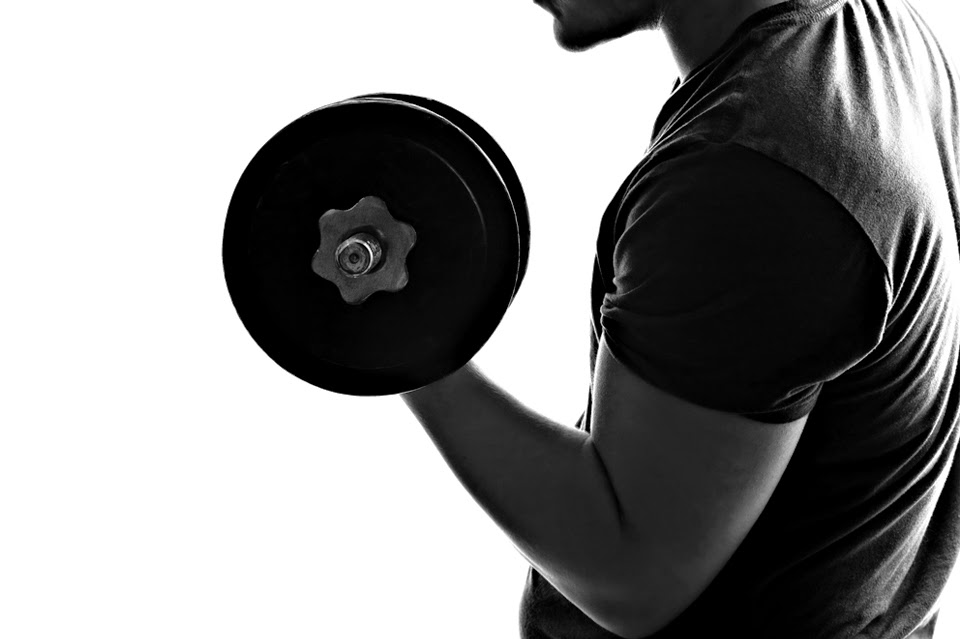Don’t know your ITB from your rotator cuff and your plantar fascia? Read on and you will…
The ITB – not actually in the butt
A coach at my running group always talked about how important the ITB is. She was fastidious about making sure it was suitably stretched before running (fine) and that it also got plenty of attention on the foam roller afterwards (utterly excruciating).
As this muscle was always referred to as the ‘ITB’ and its full name was never explained, a few people in the group reverse-engineered their own name for this acronym – the In The Butt muscle, as the way we’d stretch it would feel like it was going right into the rump.
This is wrong on three counts. First of all, ITB is shorthand for ilotibial band, which is much less funny than ‘in the butt’. Secondly, it’s not a muscle, it’s a ligament, and lastly it’s not in the butt. This ligament goes from the outside of your thigh near your hip and runs all the way down to your shin. It also attaches to your knee, so your running form is dependent on it being in good shape. Injure it and you can say goodbye to the track or trail and hello to the couch for a few weeks.
Keeping it in order can be as simple as performing key stretches. A favourite of mine is to stand up, cross your right leg behind your left, and then lean over to your left side until you feel the ITB on the outside of your right leg. Grab a chair or a nearby friend for support, and you could even push your hips out to really get it loose and limber.
Plantar Fascia – sounds almost botanical
Another muscle-that’s-actually-a-ligament, and also critical to you being able to walk around without screaming in agony, is the plantar fascia. Without it, you wouldn’t have the capacity to push yourself away from the ground when you’re walking or running, as the ligament keeps all the bones and joints in your foot together and in the shape they are. If you feel pain in your heel after strenuous exercise, it could be the plantar fascia giving you grief.
There are two simple activities than can help keep it supple, and one you can do when you’re taking your shoes on and off. Simply grab your toes, and gently bring them back toward you until you feel a stretch in the ball of your foot. The second you can do at work if you’re trapped at a desk – run the sole of your foot over a tennis ball, applying enough pressure to give yourself a good, deep massage.
Rotator cuff – for people who throw things
As for the rotator cuff, that’s actually a group of four muscles formed around your shoulder, each with a Latin name with more syllables than the last – we won’t list them, but they may come in handy for pub trivia one day if you’d like to look them up. If you’re the type of athlete who throws things a lot, or you play a lot of tennis, then you’re at risk of severely knackering these muscles. Incredibly, players with a world-class tennis serve can experience up to 120 per cent of their body weight ricocheting through the rotator cuff.
Mere mortals knocked out in opening matches or swinging at flies with their mates won’t have to worry too much, since they’re not going to be performing that motion to a strenuous degree. However, it’s still worth keeping the cuff in order. Using very minimal weight on a free-standing cable machine (or resistance bands anchored at chest height), grab a handle in each hand and make a motion like you’re rowing a boat, pinching your shoulder blades together as you bring your elbows to your side.
Keep holding onto that apparatus with your right hand and stand sideways so the band or cable is running across your midriff. Tuck your elbow into your ribs with your elbow locked at 90 degrees, and rotate your arm starting from the left side until it’s directly out in front of you. Hold it for a few seconds, and return back to the start.
Remember to stretch before and after exercise, and you’ll keep your vital muscles and ligaments in good shape. And if you’re in constant pain, go and see a doctor – hoping it’ll go away is for chumps.


